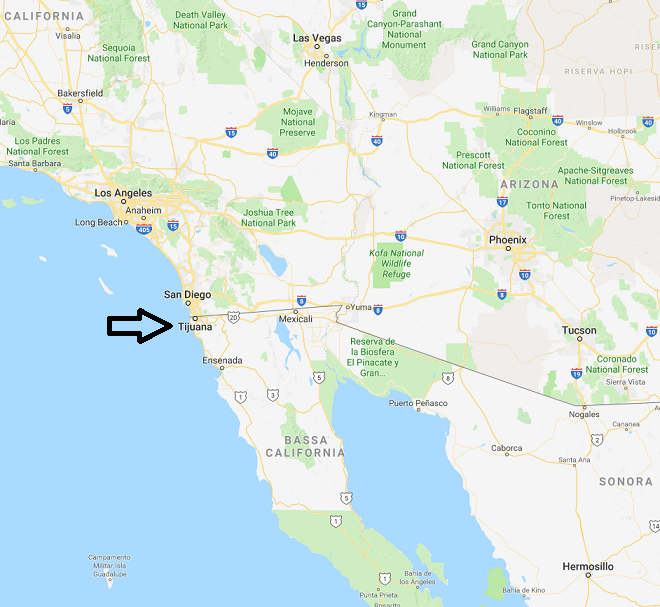Giuseppe Sandro Mela.
2018-11-26.
«The Mexican Interior Ministry has said it would immediately deport Central American migrants who tried to “violently” breach the border with the U.S. just south of California and that it would reinforce the border»
*
«Meanwhile, Homeland Security Secretary Kirstjen Nielsen said Sunday that U.S. authorities will continue to have a “robust” presence along the Southwest border and that they will prosecute anyone who damages federal property or violates U.S. sovereignty»
*
«About 500 migrants who arrived in Tijuana by caravan marched toward the border to plead for the U.S. to speed processing of asylum requests»
*
«The march, however, was dispersed by tear gas after some in the group tried to force their way into the U.S.»
*
«The Mexican government described Sunday’s events as “acts of provocation” that were “far from helpful” for the migrants’ objectives.»
